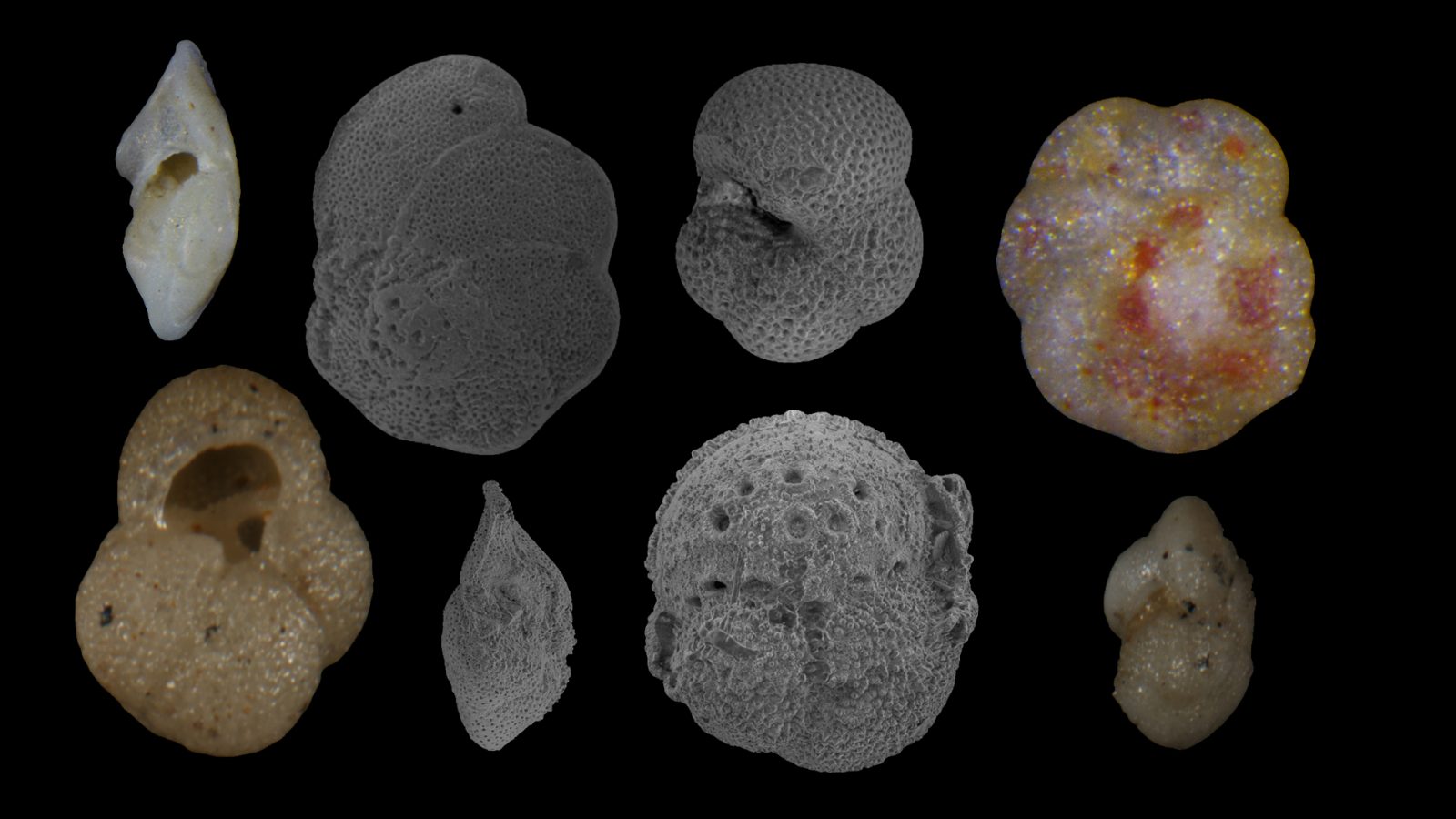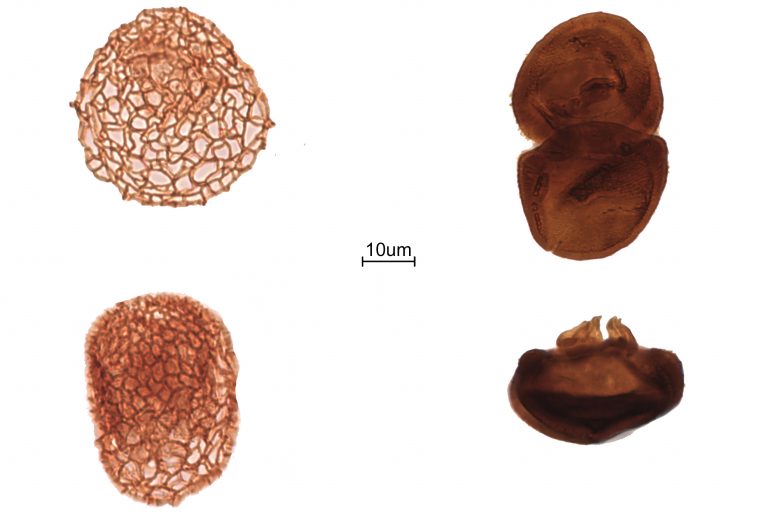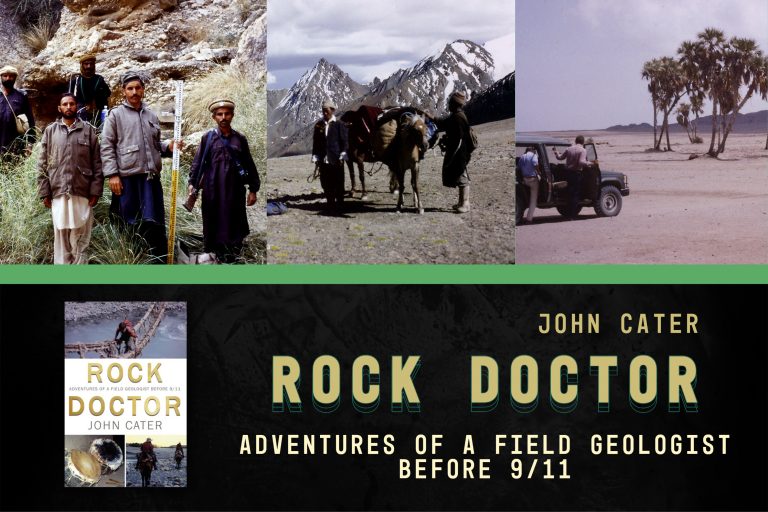
We are pleased to announce the publication “A review of the importance of the Caribbean region in Oligo-Miocene low latitude planktonic foraminiferal biostratigraphy and the implications for modern biogeochronological schemes“. The lead author of this paper is PetroStrat’s David King, one of our micropalaeontology team. This paper details his PhD research and summarizes his key findings.
Exclusive paper overview by lead author David King

“The Caribbean region provided the fundamental building blocks in recognising the biostratigraphic utility of planktonic foraminifera, and although biostratigraphy is continually evolving, contextualising the historical development enables us to have a greater appreciation of the stepwise improvements in the state of the art.”
David King (Micropalaeontologist, PetroStrat)
Summary – Caribbean region in Oligo-Miocene low latitude planktonic foraminiferal biostratigraphy and the implications for modern biogeochronological schemes
The major drive in prospecting for oil and gas reserves in the Caribbean during the mid-part of the 20th century provided the catalyst for recognising the biostratigraphic utility of planktonic foraminifera. Pioneering work in Southern Trinidad led to the initial biostratigraphic framework and zonation, which then was expanded upon with more extensive studies in Trinidad, as well as eastern Venezuela. The problematic late Miocene interval required additional localities to be studied, with other Venezuelan localities and eastern Jamaica becoming vital, which culminated in a complete Neogene biostratigraphic record.
With the advent of the Deep Sea Drilling Program (DSDP) in 1968, and as the ability to provide an integrated stratigraphy became greater, later work focused on the complete cored records as opposed to the discrete outcrop samples associated with the Caribbean research. However, this represented more an evolution of the Caribbean studies which still provided the biostratigraphic backbone for the DSDP expeditions but offered the opportunity to put the observed bioevents in a chronostratigraphic sense with the integration with other stratigraphic disciplines. Indeed, many of the bioevents first recognised in the Caribbean are still incorporated into the modern day low latitude planktonic foraminiferal biogeochronologies.
In King et al. (2020) we provide an extensive historical review on the development of low latitude planktonic foraminifera biostratigraphy in the Oligo-Miocene and bring this in line with our modern understanding, particularly highlighting the importance of the Caribbean work. This paper formed the basis of a chapter from my PhD thesis, however the manuscript itself with written up with the support of PetroStrat. Discussions with the micropalaeontology team also helped this study to develop and gain further valuable insights into the subsequent development of planktonic foraminiferal biostratigraphy.
Read the full paper on Science Direct
David J. King, Bridget S. Wade, Robert D. Liska, C. Giles Miller. A review of the importance of the Caribbean region in Oligo-Miocene low latitude planktonic foraminiferal biostratigraphy and the implications for modern biogeochronological schemes, Earth-Science Reviews, 202, 102968 (2020).





